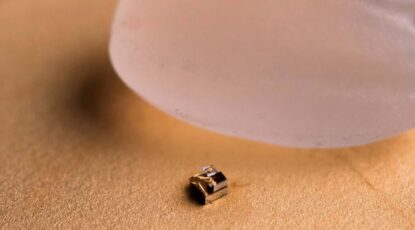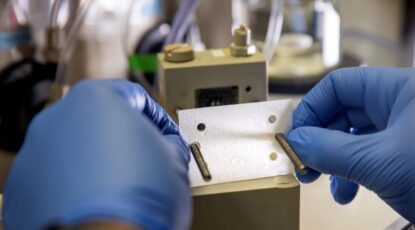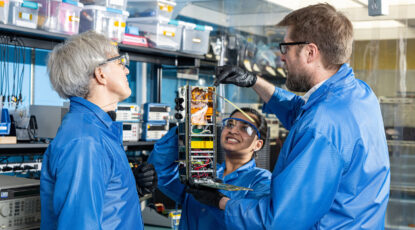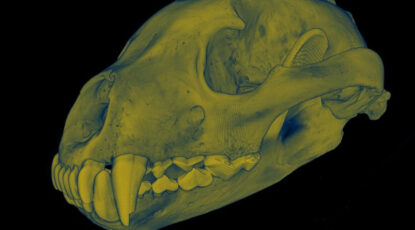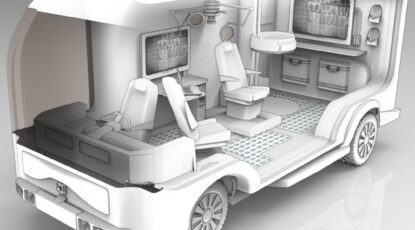Science and Technology
-
Navigating the fear of DeepSeek and China’s technological advancements
In recent years, China’s technological advancements have captured the world’s attention, with DeepSeek — a Chinese AI model — emerging as a focal point of both admiration and anxiety. This duality reflects a deeper tension in how the U.S. perceives technological progress from China, revealing complex layers of fear, competition, and reflection.
-
Enabling stroke victims to ‘speak’: $19M toward brain implants to be built at U-M
Marcus Foundation’s $30 million gift supports a collaboration between Stanford and U-M to help stroke victims regain the ability to read, write and speak. The scientists are using the world’s smallest computers linked up to the world’s most biocompatible sensors.
-
Making desalination more eco-friendly: New membranes could help eliminate brine waste
Desalination plants, a major and growing source of freshwater in dry regions, could produce less harmful waste using electricity and new membranes made at the University of Michigan.
-
Why a next-gen semiconductor doesn’t fall to pieces
A new class of semiconductors that can store information in electric fields could enable computers that run on less power, sensors with quantum precision, and the conversion of signals between electrical, optical and acoustic forms. But how they maintained two opposite electric polarizations in the same material was a mystery. Until now.
-
Clements Library acquires vast collection related to industrial engineering history
The Robert M. Vogel Collection of Historic Images of Engineering & Industry includes nearly 23,000 photographs of civil engineering, industrial processes, and mechanization of the 19th century, as well as over 1,200 prints, books, ephemera and realia.
-
U-M astronomers peer deeper into mysterious Flame Nebula
Using NASA’s James Webb Space Telescope, a team of researchers, including astronomers from the University of Michigan, are closing in on the answer to a looming cosmic question. In probing the Flame Nebula, they’re finding out what’s the smallest celestial body that can form on its own from clouds of gas and dust in space.
-
U-M astronomy will lead its first satellite mission
The project assembles a team of experts from across the country for a mission called STARI — STarlight Acquisition and Reflection toward Interferometry. The goal is to showcase the viability of a new technique for studying exoplanets, or planets outside of our solar system.
-
U-M microCT lab celebrates milestone with scan of a wolverine skull
For seven years, a CT scanner has been whirring away scanning specimens: snakes, lizards, frogs, bats, rodents, wasps, fish, a whole red fox, an armadillo. Recently the U-M MicroCT Scanning Laboratory completed its 10,000th scan: a 3D image of a wolverine skull, collected in British Columbia in 1948.
-
Bridging gaps in rural health care with AI-powered mobile clinics
It’s like “Knight Rider” meets “Northern Exposure” in a future where AI-equipped mobile clinics help guide medical generalists through unfamiliar diagnoses and procedures. The goal is to widen access to quality health care for rural populations.


